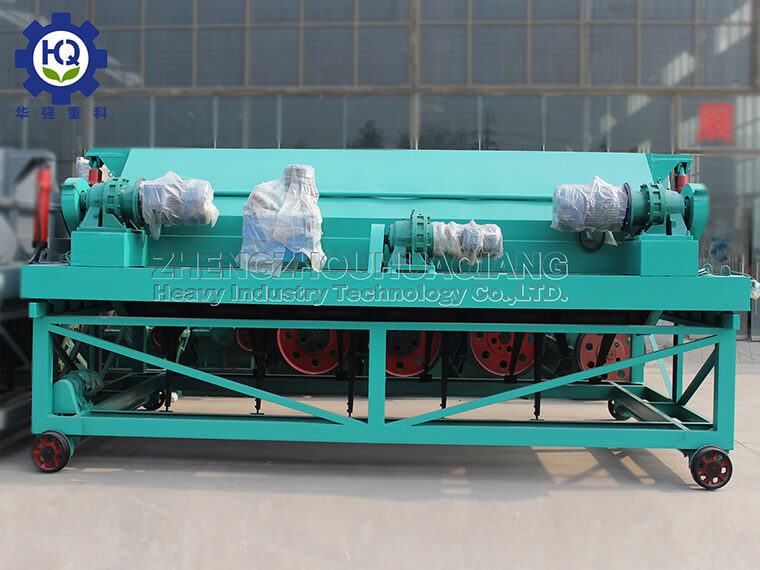Conventional organic fertilizer granulator comprehensive: npk fertilizer granulator, multi-purpose granulator, disc granulator machine, new organic fertilizer granulator, new two-in-one organic fertilizer granulator, flat model granulator machines, the fertilizer granulator machine price varies. What is the process of producing microbial fertilizer by the disc granulator? Let’s take a look at it.
.jpg)
1) Proportionally processed livestock and poultry waste (lamb, mutton, chicken, pork, pork, etc.) delivery raw material stirring machine, weighing, jar, iron, filler, etc. qualified raw material stirring and equalizing.
2) After transportation to the leveling machine, the material being stirred and leveled will continue to flow through the disc granulator machine without interruption.
3) Microorganisms after post-processing, on the material inside the round granulator liquid ingredient distributor, each granule filled from the inside to the outside filled with microorganisms; Disengagement, axial movement of the material used, mutual friction and pressure of the powder used, successive consolidation ball;
4) Use the biological fungus compost drying machine, use the air blower to produce a large amount of air and the injection air blower to process the low temperature, and dry the finished fertilizer in the first step.
5) After the delivery of the grains to the heat tank, the grains are directly returned to the balance, and the core grains are attached to the grains.
6) Use the secondary biological fungus compost drying machine, fully use large amount of air and small amount of heat to completely dry fungus fertilizer.
7) Organic fertilizer cooler through natural or forced cold air cooling fertilizer transport.
8) Resulting product box dividing machine, large grain powder crushing machine after crushing, returning to the round evening machine to participate in the production.
9) Through the drying machine, a small amount of microbial bacteria produced by the fertilizing granule surface disappears, and the granule surface microbes pass through the enveloping membrane to replenish the lacquer.
10) Shipping to fully automatic packaging weighing, packaging and warehouse.
.jpg)

.jpg)
.jpg)
.jpg)


.jpg)
